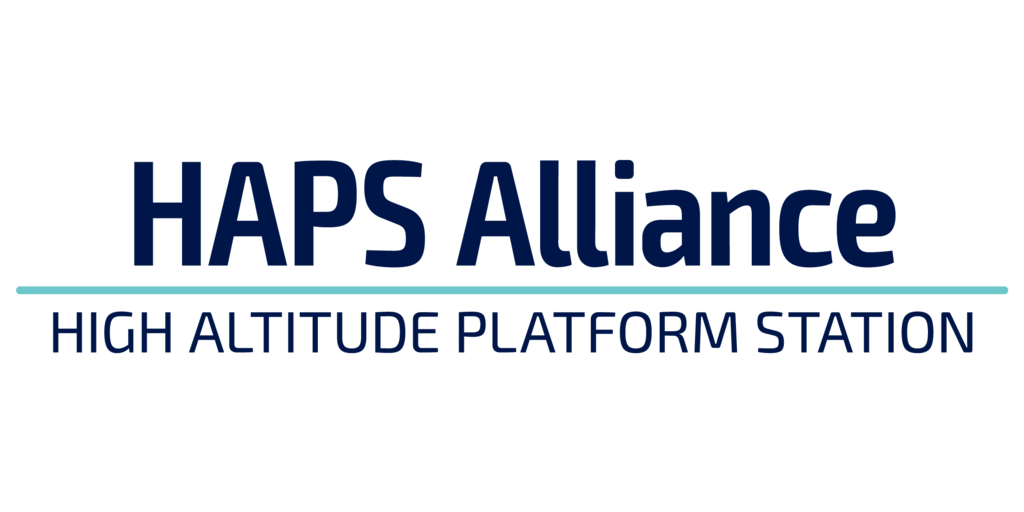
HAPS Alliance White Paper Addresses Regulatory Challenges for High Altitude Platform Systems
WAKEFIELD, Mass.–(BUSINESS WIRE)–The HAPS Alliance, a global association of High Altitude Platform Station (HAPS) stakeholders, has published the HAPS Certification Pathways white paper, which addresses key regulatory challenges faced by the HAPS community in obtaining approval for commercial operations. Written by the HAPS Alliance Aviation Working Group (AWG), the free downloadable white paper provides valuable insights into the unique issues that must be considered when regulating HAPS and recommends a series of actions to facilitate their safe and efficient operation.
- Download the HAPS Certification Pathways white paper
- Find out more about HAPS Alliance membership and learn more about the HAPS Alliance
The HAPS Alliance recognizes that industry and regulators must collaborate closely to ensure the safe and efficient integration of HAPS into the global airspace. The flexibility and adaptability of regulations will be vital as the understanding of the stratospheric environment evolves.
“HAPS, operating at stratospheric altitudes for extremely long durations, are different from traditional crewed aircraft in several ways, and current regulatory frameworks are not well positioned to accommodate these differences,” said HAPS Alliance Aviation Working Group Chair Andy Thurling. “The white paper identifies these key challenges and proposes actions that both industry stakeholders and regulators can take to overcome them – a significant step toward addressing regulatory challenges while fostering innovation in the HAPS industry.”
The white paper addresses how current consensus standards do not adequately cover the unique environmental conditions experienced by HAPS, such as extreme temperature ranges, ozone, ultraviolet radiation, and cosmic radiation. Current safety objectives and assessment processes are tailored to crewed aircraft and focus on preserving the integrity of the aircraft itself. The absence of onboard personnel in HAPS calls for a shift in focus toward protecting individuals on the ground and preventing collisions with other aircraft, rather than just preventing HAPS crashes. For example, HAPS are typically slow and lightweight, and their operation in the stratosphere, with lower turbulence levels, calls for a reevaluation of structural and control system design requirements. There is also a need for collecting data specific to HAPS and developing tailored lightning environment definitions.
Recommended Actions
To address these challenges, the white paper proposes several recommended actions, including:
- Establishing focus groups to work with regulators on safety risk metrics, objectives, and risk assessment models.
- Supporting the work of international organizations like the International Civil Aviation Organization (ICAO) and ICAO’s Separation and Airspace Safety Panel (SASP).
- Creating HAPS-specific environmental test standards, including turbulence, lightning, wind, radiation, and other environmental parameters.
- Engaging in discussions with Air Navigation Service Providers (ANSPs) to develop communication protocols suitable for HAPS.
- Developing a flexible, internationally recognized performance and risk-based certification or approval process.
HAPS Alliance Membership Benefits
All companies interested in the HAPS ecosystem are encouraged to become HAPS Alliance members. Alliance membership levels, Principal, General, and Supporter, are open to organizations in any industry sector. Principal and General members have the opportunity to become involved in various membership initiatives, including working groups, member-only meetings, and collaboration with other HAPS Alliance members to work on technology components and use cases for enabling a smarter world.
About the HAPS Alliance
The HAPS Alliance is an industry association of High-Altitude Platform Station (HAPS) industry leaders that include telecommunications, technology, aviation and aerospace companies, as well as public and educational institutions. The HAPS ecosystem includes multiple vehicle types that are meant to operate in the stratosphere, such as lighter-than-air (LTA) balloons and heavier-than-air (HTA) fixed-wing aircraft. United by a vision to address diverse social issues and create new value through the utilization of high-altitude vehicles in the stratosphere, the Alliance is working to accelerate the development and commercial adoption of HAPS technology by promoting and building industry-wide standards, interoperability guidelines and regulatory policies in both the telecommunication and aviation industries. For more information, please visit https://hapsalliance.org/.
Contacts
Jessie Hennion
HAPS Alliance Public Relations
(781) 876-6280



